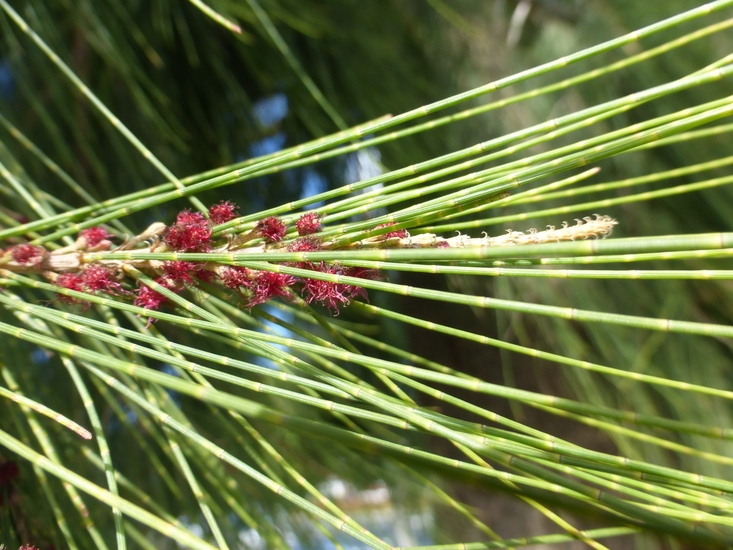Created on: Tuesday, May 17th, 2016
The following webpages were consulted for this screen: Tropicos: http://www.tropicos.org/NameSearch.aspx; GBIF: http://www.gbif.org/species/2891930; USDA PLANTS: http://plants.usda.gov/core/profile?symbol=ACEL; The Plant List: http://www.theplantlist.org/tpl/record/kew-2705446; Bugwood Wiki: http://wiki.bugwood.org/Casuarina_equisetifolia; Florida Fish & Wildlife: http://myfwc.com/media/226456/InvasivePlants_AustralianPine.pdf; Eat the Weeds: http://www.eattheweeds.com/australian-pine/; CNPLX: http://www.cnplx.info/nplx/species?taxon=Casuarina+equisetifolia; Calflora: http://www.calflora.org/entry/compare.html?crn=12345; SF Gate: http://homeguides.sfgate.com/casuarina-trees-22904.html; UCANR: https://ucanr.edu/repositoryfiles/cav6803p89-136037.pdf; Issue Paper: http://www.iatp.org/files/Invasive_Plant_Species.htm; TNC Report: http://www.invasive.org/weedcd/pdfs/tncweeds/casuequ.pdf; Invasive.org: http://www.invasive.org/weedcd/pdfs/wgw/australianpine.pdf; Floridata: http://floridata.com/Plants/Casuarinaceae/Casuarina%20equisetifolia/731; USFS: http://www.fs.fed.us/database/feis/plants/tree/casspp/all.html; Wild Singapore: http://www.wildsingapore.com/wildfacts/plants/coastal/casuarina/equiseti... CABI: http://www.cabi.org/isc/datasheet/16718
Reviewed by Eric Wrubel, Denise Knapp and Elizabeth Brusati.
- < 13 : accept (low risk of invasiveness)
- 13 - 15 : evaluate further
- > 15 : reject (high risk of invasiveness)

